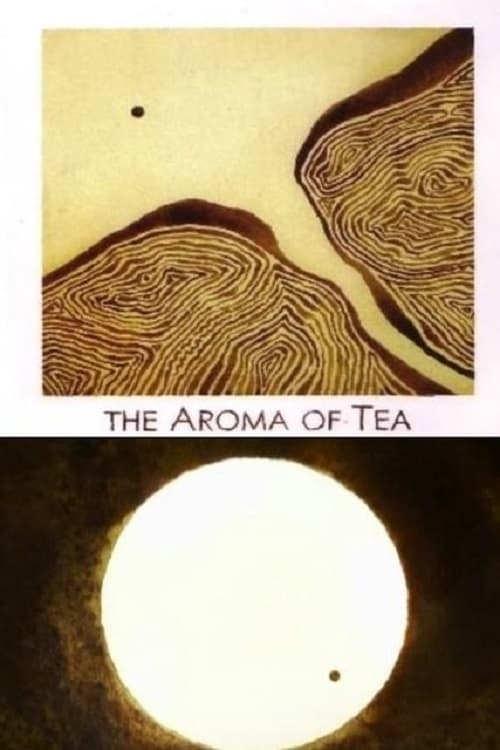The Aroma of Tea (2006)
Gênero : Animação
Runtime : 3M
Director : Michael Dudok de Wit
Sinopse
The Aroma of Tea is a 2006 Dutch animated short film made by Michaël Dudok de Wit. It shows how a small sphere travels in a determined and rhythmical manner through landscapes, emerging at the end into a larger sphere of white light. Both the graphic brushstroke and the music, with its haunting rhythms, are strikingly simple and direct. The theme of the film, a quest followed by a union, is as old as time and recognizable despite its limitless variations.

A plump and exuberant monk goes fishing, and a playful fish eludes him. First the monk uses a rod and reel, then a net; over and over, he ends up fish-less and wet. Sleepless, he tries luring the fish at night with a bank of candles. He tries a bow and arrow. The tireless and insouciant fish leads the monk through a viaduct, over irrigated steppes, across cisterns, down canals. Suddenly, the monk's chase and the fish's teasing flight become a spiritual journey.
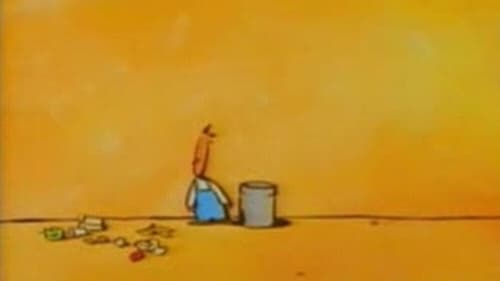
A cute little guy is trying to do the right thing and clean up his neighborhood. However, when he approaches a garbage can to empty it, one thoughtless person after another come by and make an even bigger mess.
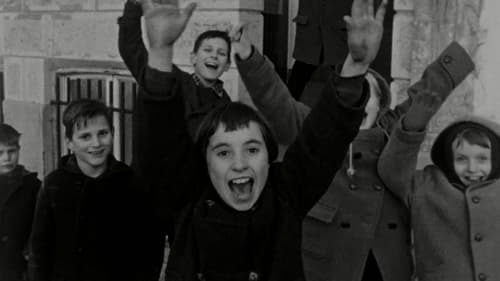
BEPPIE is a moving and disarming portrait of an Amsterdam street urchin. Van der Keuken once described her as follows: 'She was ten years old and the joy of the Achtergracht, where I was living at the time. An Amsterdam child, sweet and crooked as a corkscrew.' He films her while she skims the city with some friends and knocks at strangers' doors. Her family has nine children and is not well off. In those days, a visit to the De Miranda swimming pool cost a quarter, but only ten cents if the weather was bad. At school, Beppie gets a poor mark because she is too boisterous, but when the whole class rattles off the multiplication tables, she joins in at the top of her voice. All of TV-watching Holland was wildly enthusiastic about this portrait, with which Van der Keuken even made the front page of the national newspaper De Telegraaf.

The story of two youths – one Algerian, one French – who become juvenile delinquents in a Paris suburb.
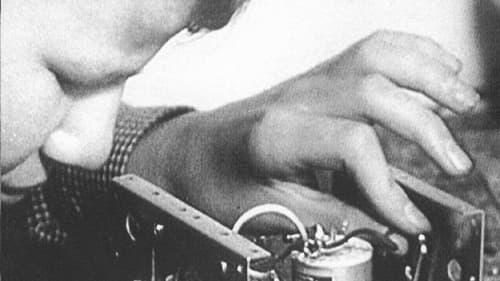
With the use of montage sequences, voiced over with the observations of the children, van der Keuken was able to use artistic expression to portray the sightless children’s unique perspective of the world.

O filme que consagrou Leopoldo Torre-Nilsson junto à crítica internacional, quando foi apresentado no Festival de Cannes de 1957. É talvez o seu filme mais claustrofóbico e aquele em que a lembrança dos ângulos de câmara insólitos à Orson Welles é mais nítida. Quase inteiramente situado numa grande vivenda, descreve o despertar do desejo sexual de uma jovem, atraída por um homem adulto, numa sociedade reprimida e repressora, da qual a jovem não se libertará.

During the solar eclipse of August 11, 1999, Chris Marker documents the French public looking up to the skies, with many of them wearing eclipse glasses.

Durante os últimos dias da Segunda Guerra Mundial, um simples camponês francês resgata um soldado alemão ferido. Dois jovens que deveriam ser inimigos começam a criar laços de maneira que nem pensou ser possível.
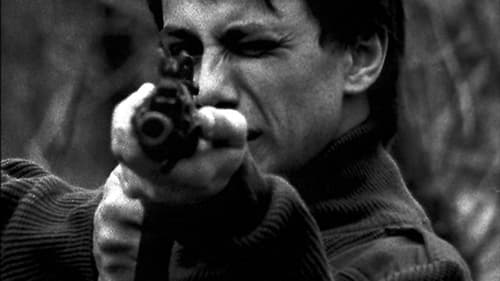
A man awaits his execution by firing squad. His last wish before dying is a kiss, and there are only men.

This is a short film that, although a documentary in appearance, has very little to do with the generic conventions of that form. It would seem, then, that what we have here is the embryo of what he was subsequently to call the "elementary": an abstract or lyrical modality in the perception and exposition of the real.

A humorous survey of the history of the development of transportation technology in Canada.

Spectator is one of the early masterpieces by Zwartjes. The film explicitly shows one of Frans Zwartjes’ main themes: the relationship between husband and wife. It is a relationship that is strongly marked by power and domination, sexual attraction and repulsion. It manifests itself in humiliation and abuse (such Pentimento), but also in cool eroticism or natural physicality. Zwartjes’ goal is not to explain or designate this relationship. Rather it is the subject that Zwartjes uses to describe his world. In an article on Zwartjes, filmmaker and student George Schouten compares Zwartjes to the Italian writer Alberto Moravia. For both, sex is their way of dealing with reality. It is the subject by which they define their world. And for Zwartjes, it is also the subject with which he can display and develop his cinematic talent. (eyefilm.nl)
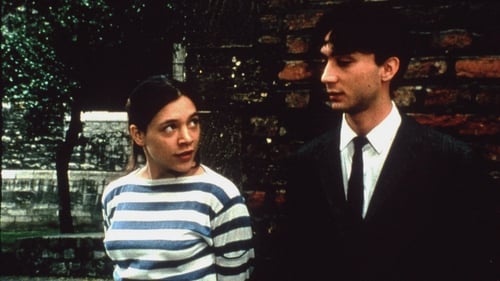
The main character, Michele, spends the hour discussing her views of life with some old and new friends, and tries to understand her own feelings about her place in the world and her sexuality, while a camera follows along at close range.

If any single piece can act as a key to Ruiz, it may be the 1997 short Le Film à Venir (The Film to Come). The titular film is a holy fragment of celluloid that can only be seen by a secret society known as the Philokinetes. They watch it on a loop, somnambulating through a life that is unreal by comparison. It is the belief of the Philokinetes that film has an existence “independent from humans. Cinema, they said, is the primeval soup of a new life form. There from were to emerge pure screening creatures. Which is to say, non-topical beings.” - n+1
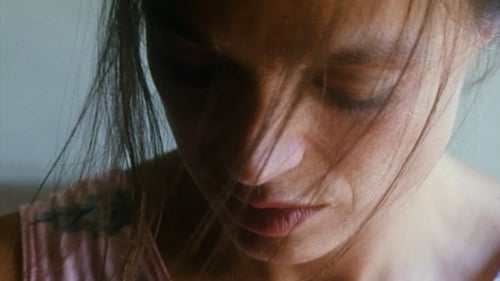
Usando poucas palavras e imagens magníficas, esta é uma pintura poética de uma família, cada um no seu próprio espaço numa tarde de agosto.
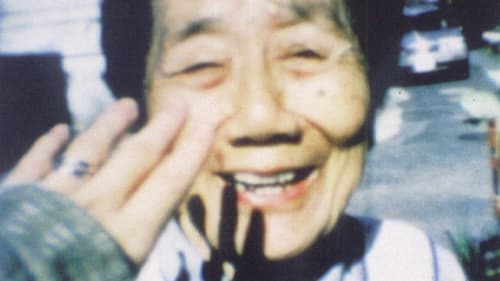
Filmmaker Naomi Kawase captures the love, loss, and loneliness felt as she prepares to move out of her foster mother's home.
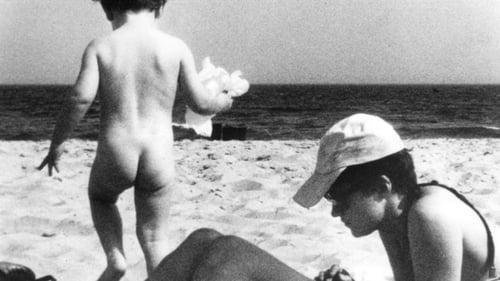
Uma menina descreve os eventos da infância que moldaram suas ideias sobre paternidade, relações familiares, trabalho e lazer. Enquadram-se dois retratos: o de um pai que abandona sua família, e o de uma filha que foi profundamente afetada por seu comportamento.

Experimental short film about two men carrying a door.

Christian, an art critic, must write a study on the painter René Dimanche in order to understand why he did not produce anything for eight years. He asks his friend Ingrid to help him break through this mystery.

The one-celled long and slender diatom, up close: discovered in 1703 with the invention of the microscope. We observe them magnified 10,000 times: water expelled through the skeleton, mucilage constantly emitted, allowing it to glide. Their energy comes from sunlight. They divide and disperse. The narrator, conversing with a young woman, says their remains cover one-third of the earth's surface. They have uses in petroleum, explosives, and polish. Some live in isolation, some in colonies, like elaborate fans. They can move in clusters. Many small animals eat them. We watch them slide on each other in long strings.
